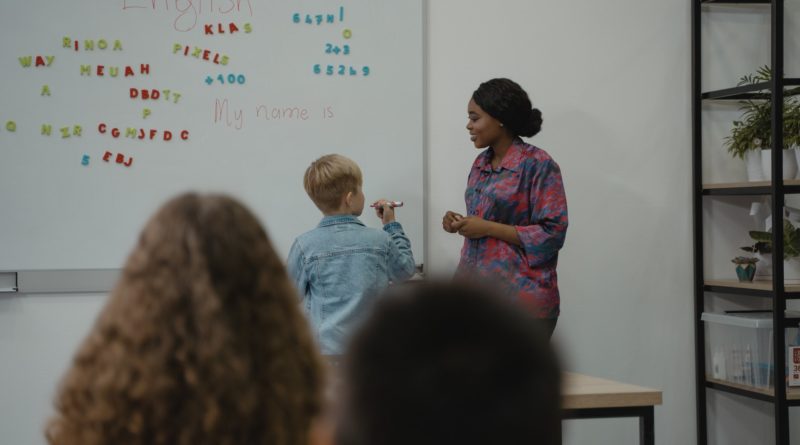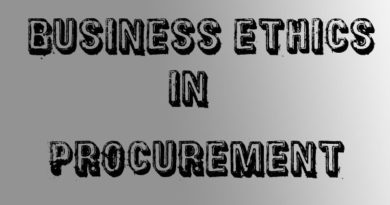4 Lesson Planning Mistakes Teachers Make and How to Avoid Them
It’s easy to overlook simple things when you’re lesson planning, but you can avoid 4 common mistakes with this guide so your lessons can shine, and your students will thrive.
1. Not Considering the End Product
Often, when lesson planning, we have great ideas of how students will work together, which questions we will ask to promote critical thinking, and which resources to use to facilitate thinking. But we don’t think about what the result or student product will look like. Specifically, what does a mastery level look like? How about an approaching level? What about the level of improvement? Consider making an exemplar model or rubric to guide this leveling system to help you quickly assess which students grasped the concepts and which students didn’t.
2. Assessing at the End
Backward lesson planning is a crucial strategy to ensure that you keep the end in mind when lesson planning. However, you don’t want to wait until the end to assess student mastery and check-in. You should plan for quick checkpoints throughout a lesson and/or unit to ensure that you are collecting data throughout instruction. This will help you to make a data-driven intervention plan along the way to catch up with students who may need more assistance before you reach the end of a unit or lesson and are moving on. You don’t have to wait for a summative assessment to tell you if a student is not mastering concepts, instead rely on informal checkpoints like exit tickets and focus questions. By assessing students with 2-3 essential questions after each block of new information, you can catch gaps early.
3. Forgetting to use Data.
When planning lessons, using data is essential. Going into the lesson, you should have an idea of which students may struggle and which students will master concepts quickly. A pretest before a new subject is a great way to screen for this. Throughout your lessons, you’ll want to collect data to track which students are making progress and which students are not. For the students who are not, you’ll want to problem-solve- is it the lesson format? Do they need a small group? Do they need a hands-on approach? Do they have knowledge gaps?
Use the data you collect throughout lessons to guide your plan for each group of students. A learning progression is another great tool to use to track data. It outlines target skills a student should master within a series of lessons. Before they move forward in the learning progression to the next skill, they must master the previous because each step is a building block to the next.
4. Omitting unexpected early finishers and students who need extra time.
When we plan for lessons, we often think all of our students will work through the lesson at the same pace, meaning we will all be able to move on together simultaneously. Realistically in most classrooms, students work at various paces. When lesson planning, it is important to plan for this. What can early finishers do to extend their learning on the topic? What should struggling students do if they are running out of time to complete work? Early finishers can act as mini teachers and help struggling classmates. Teach your students how to prompt their classmates without giving the answer, and you’ll have an extra set of hands to help around the room.



